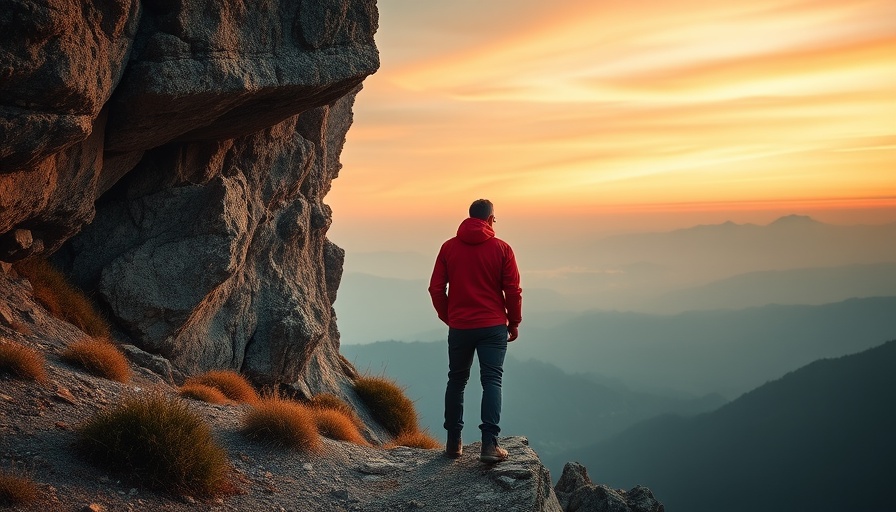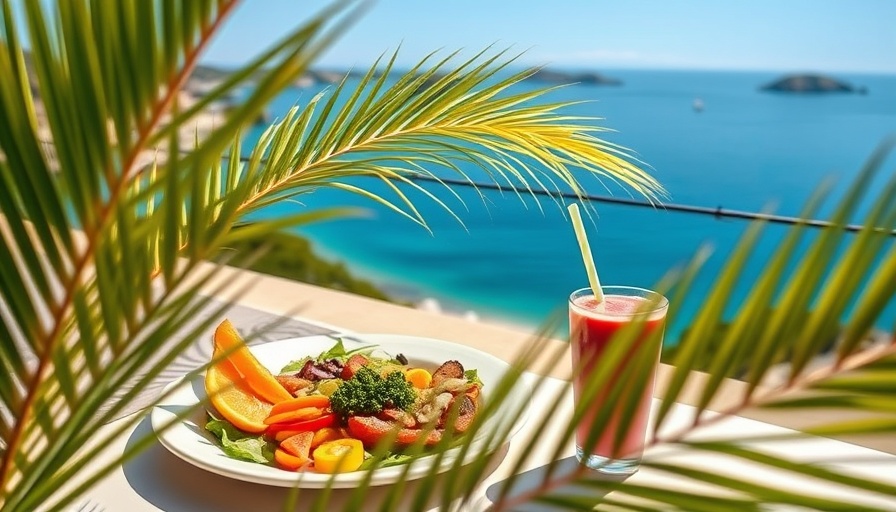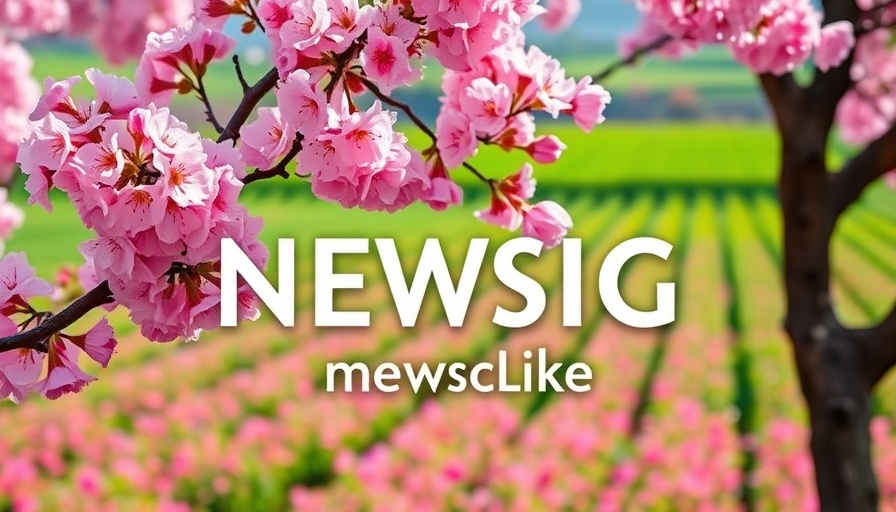
Luxury Hiking Developments: A Double-Edged Sword for Access
Amidst Australia’s stunning landscapes, luxury hiking developments are redefining the way people experience nature. With fancy lodges, hot showers, and expansive trails, these glamorized outdoor adventures cater to a growing audience seeking comfort over raw wilderness. However, at what cost do these luxurious hiking options come? For everyday Australians, especially those on tight budgets, this new trend could mean less access to the breathtaking national parks that once felt welcoming to all.
What Are National Parks Really For?
National parks exist to safeguard both nature and cultural heritage while enabling visitors to immerse themselves in the great outdoors. They serve as crucial habitats for wildlife and provide spaces for humans to connect with nature. Nevertheless, the introduction of lavish accommodations and guided experiences can create a barrier, alienating those who prefer simple, accessible routes for their hike.
Australians are increasingly visiting national parks, with over 53 million domestic visits recorded in New South Wales alone. This figure denotes not just tourists but also locals seeking solace in nature. Enhanced infrastructures—like raised boardwalks, cabins, and guided tours—are implemented to improve experience and conservation, yet they also risk excluding visitors who can’t afford the luxury prices attached to many modern hiking experiences.
Understanding Visitor Demographics: A Shift in Needs
The demographic of national park visitors is changing, impacting both management and conservation efforts. Today's visitors come from diverse backgrounds and often seek vibrant experiences over traditional outdoor survival skills. Many opt for 'hero' experiences that promise thrill and excitement but often come with a hefty price tag. As parks agencies diversify their offerings, a growing divide between high-cost adventures and free or low-cost visitation opportunities emerges.
The Economic Impact: Tourism vs. Accessibility
While luxury hiking routes undeniably contribute to local tourism economies, there is a concern about who exactly benefits from this influx. High-end developments can inflate national park economies but simultaneously repel everyday outdoors enthusiasts who may no longer afford to visit the places they love. For instance, multi-day treks like the Three Capes Track in Tasmania and the Milford Track in New Zealand are acclaimed high-quality experiences through beautiful landscapes. These trips often require independent hiker permits, adding another financial obstacle for budget-conscious visitors.
Balancing Luxury and Accessibility in Outdoor Spaces
There is a palpable tension between catering to luxury-seeking visitors and ensuring national parks remain accessible to the general public. Parks agencies must find a middle ground, allowing for varied experiences without compromising essential access. Innovative initiatives, such as capped visitor numbers on certain trails, can minimize crowding and preserve the integrity of natural features.
Innovation and Inclusivity: The Path Forward
Investing in sustainable and low-cost hiking alternatives could be part of the solution. By creating affordable, guided experiences alongside luxurious offerings, parks can maintain their inclusive ethos while accommodating diverse needs. Incorporating local guides and smaller tour groups could help mend this gap, allowing Australia’s natural beauty to remain accessible to everyone.
A Call to Action for Responsible Tourism
As Australians, it’s vital to reflect on the kind of tourism we want to support. In the age of luxury experiences, we must advocate for developments that enhance accessibility to national parks, ensuring all demographic groups can enjoy the splendor of nature. Engaging with policymakers can help shape the standards for tourism that prioritize the wellbeing of both the environment and local communities.
Ultimately, it's up to us as responsible travelers to voice concerns about access and encourage practices that foster inclusiveness. Our national parks should continue to be vibrant spaces for all, not just an exclusive elite.
 Add Row
Add Row  Add
Add 




Write A Comment